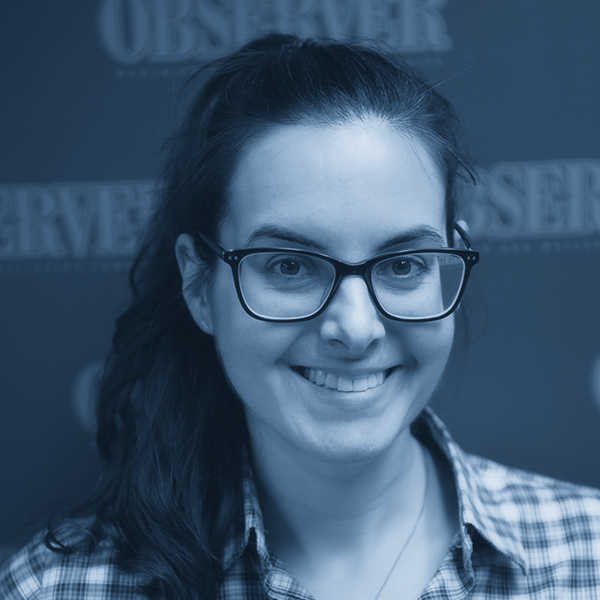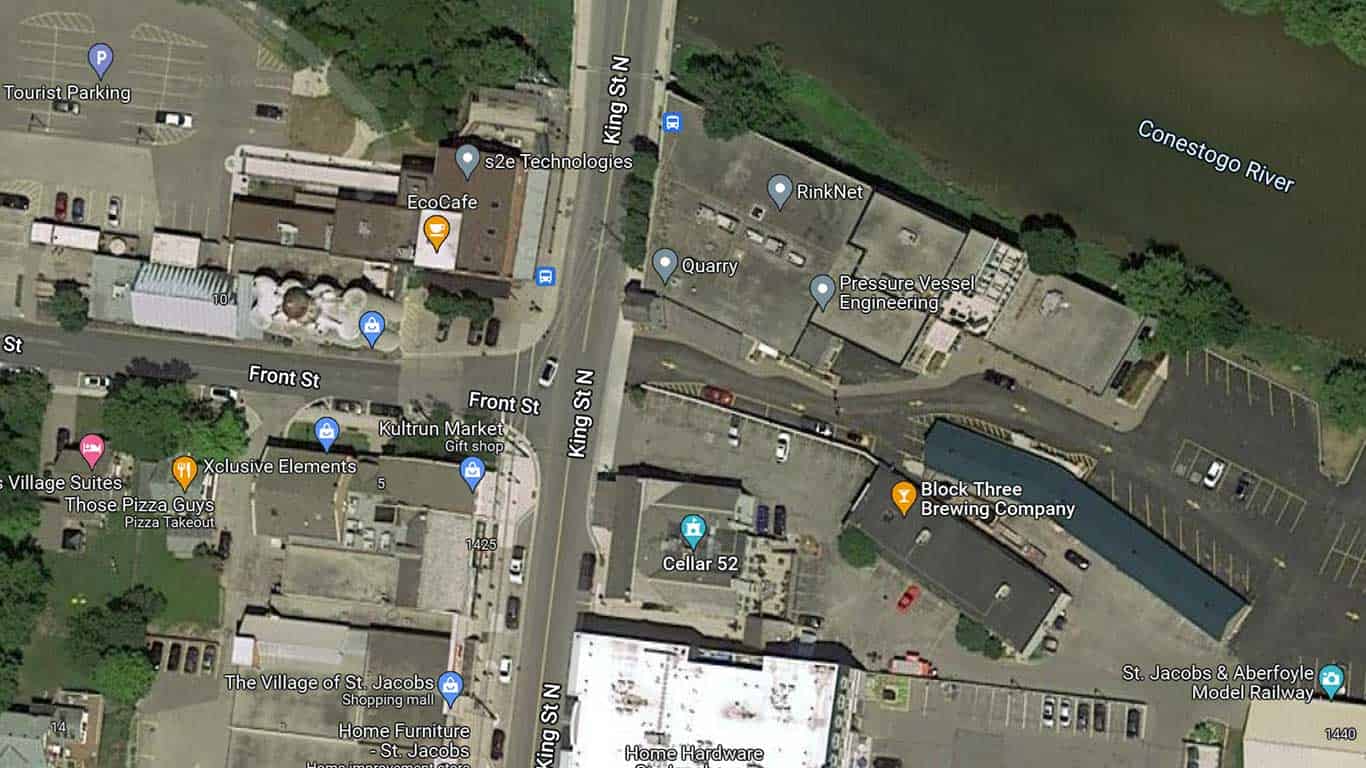In a system already stressed by a shortage of doctors and increased demand for services, physicians are working longer hours these days, creating a variety of problems, says the Ontario Medical Association.
“Physicians in team-based practices are providing care 235 days a year, up from 221 before the pandemic, according to new analysis of Ontario Health Insurance Plan billing data by the Ontario Medical Association,” the organization said last week in a release.
OMA members are now working on what would have been their days off, as well as weekends and evenings, the group notes.
The extra time is needed to catch up on the backload of work that has accumulated since the pandemic, and also because of the persistent doctor shortage in the province, the OMA says.
“Patients are returning to the health-care system in large numbers, catching up on health care they missed during the pandemic. Many are showing up sicker and with more undiagnosed conditions requiring more aggressive treatment,” said a spokesperson for the Ontario Medical Association to the Observer in an email.
The issues are certainly familiar to Rosslyn Bentley, executive director of the Woolwich Community Health Centre.
Catching up on routine childhood vaccinations is one aspect of the backlog that WCHC staff are working on, she said.
“School-aged children’s vaccines are really backed up because public health would normally provide many of those in the school setting and, of course, that didn’t happen during COVID,” she said. “So we’ve been doing catch-up in the office for that work.”
Cancer screening is another example where things are running behind.
According to the Ontario Medical Association, almost 22 million fewer healthcare services happened during the pandemic than would normally have taken place.
“The pandemic backlog includes everything from routine checkups and childhood immunizations to diagnostic tests and surgeries – any health-care service that was delayed, deferred or canceled because of COVID-19 as well as newly identified issues that now need treatment. Some individuals may be waiting for more than one service,” said the OMA staff.
The organization estimates Ontario has just 2.32 doctors for every 1,000 people.
Bentley said that most of the local centre’s patients are seen in person, and that sanitizing the room between patients adds to the amount of time needed.
“We see most people in person so that takes time, especially if you’re still asking people to be masked and cleaning the room between patients, which we do, to make sure that we’re not the place where people catch COVID or flu because we’ve seen people that are sick,” she said. “It does take longer.”
That said, the Woolwich Community Health Centre does have a full complement of doctors, including two physician positions in the Wellesley office and four at the St. Jacobs location. “We also have other primary care providers that provide care as well,” she said. “We are very lucky.”
Bentley says one of the reasons the Woolwich Community Health Centre has all the doctors it needs could be because of the nature of the community health centre model of practice.
A community health centre is a non-profit organization governed by a community-elected board of directors. Here, doctors work a set amount of hours each week in the office, as well as some work at home, and are paid a salary with pension and benefits.
Community health centres focus on health promotion, illness prevention and health at the community level as well as primary care for patients. Often, the centres are focused on a segment of the population facing barriers in accessing healthcare. For example, WCHC focuses on the rural population, said Bentley.
According to Health Ontario, the province has 101 community health centres.
In a more typical fee-for-service model, doctors run a practice, and the amount they are paid depends on the number of patients they see. This means they may take on high patient loads.
“Physicians are indicating they much prefer to be in a team environment, possibly salaried environment, because it takes away the pressure of, I call it the hamster wheel of medicine,” she said.
Doctors operating a practice alone must see enough patients to earn the amount they expect to earn, as well as cover overhead costs of running a practice.
Bentley said the majority of community health centres were founded about 40 years ago, and more aren’t being established. “It’s certainly something we’d love the government to address,” said Bentley.
In 1983, the St. Jacobs Village Association established a health committee. Through this, the Woolwich Community Health Centre was founded as a non-profit organization in 1985. With a combination of funding from the province and fundraising by the community, the permanent health centre at 10 Parkside Dr. opened in December 1990.
Bentley admits the community health centre model is more expensive for the government initially. “But we would beg to differ in the longer term because we then are able to provide more comprehensive care and that helps prevent more hospital visits, more complications.”
So how can the doctor shortage be addressed?
“Well, of course, I’d love to see more CHCs established. I think the group model is a really efficient and effective way of providing for people, but that’s not something that’s going to happen overnight,” said Bentley. She says she would like to see more people trained locally to avoid attracting doctors from areas of the world where they really need their doctors to stay.
She also suggests using more interdisciplinary care including pharmacists, nurse practitioners and others. “There is a lot of routine care that does not require a physician,” she said.
She also suggests that people do their best to stay healthy, including staying up to date with vaccines and, “Keeping healthy over your lifetime. That helps prevent most of the diseases that we get today. Many of the things that are related to healthy lifestyle, keeping active and sleeping well, keeping our brain active, these are all things that will help you keep you out of the doctor’s office.”









